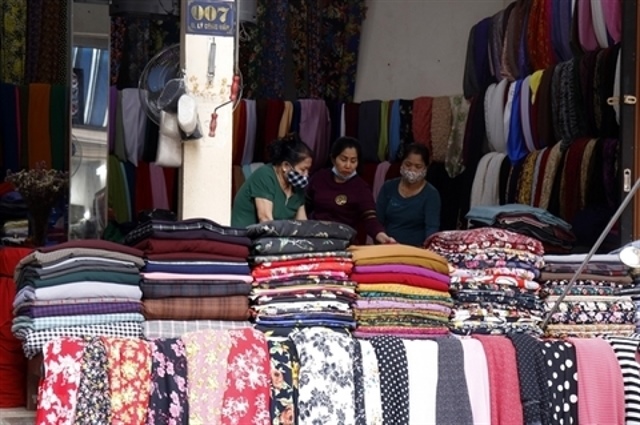Fitch: Vietnamese bad bank may not fully tackle bad debt woes
Fitch: Vietnamese bad bank may not fully tackle bad debt woes
The creation of a Vietnamese asset management company (VAMC), or "bad bank", to buy non-performing loans (NPLs) is unlikely to fully resolve thebanks' asset-quality problems unless accompanied by meaningful regulatory improvements, Fitch Ratings says.

With no fresh capital, the banks are likely to be limited in their ability to restructure and support the domestic economy. We believe Vietnamese banks may still face capital-impairment risks even after offloading bad debt to the VAMC, based on preliminary data.
This is because government-guaranteed bonds received in consideration for bad debt must be written off by a reported 20% each year, which effectively means that the bad bank only buys time for the banks to write off losses.
The banks are not receiving new capital, and the sovereign's debt will not rise. But there may still be fiscal costs if this approach to tackle NPLs is not successful, and if the slow fix limits the banks' ability to support economic growth.
An alternative to the VAMC is to recapitalise the banking sector, but this may prove costly. We believe system-wide NPLs to be three to four times higher than reported by the banks - greater than the understatement reported by the State Bank of Vietnam (SBV). The central bank reported that the NPL ratio was 8.8% at end-September 2012, while the banks put this at 4.9%. Poor transparency, and different accounting and classification standards, are the main reasons for the discrepancy between our estimates and the other sources.
If NPLs were higher - at 15%, perhaps - we estimate the cost of recapitalising the banks may reach 10% of 2013 GDP, assuming 20% recoveries and a Tier 1 capital ratio of 12%. Banks could still attract equity from overseas investors, although some may be discouraged by the foreign-ownership cap (30%) and single-foreign-investor limit (20%).
Any rapid growth for the banks after transferring bad debt to VAMC, but without fresh capital, could be negative for their credit profile.
Lenders with NPL ratios of 3% and above, as assessed by the SBV, will be required to sell bad debt to the bad bank. We expect some impaired loans will not be transferred without proper classification and reporting.
The SBV has taken steps to improve transparency, but there has only been an increase in "special mention" loans. Tighter regulations on classifying debt and provisioning were recently delayed by one year - to 1 June 2014. Vietnam's 'B+' rating would benefit from greater transparency on the scale of the problem in the banking sector, and enhanced confidence that the authorities have the issue in hand, as well as structural reforms to reduce the chances of a recurrence of asset-quality problems.
The principal constraint on the sovereign rating is the potential risk to macro-financial stability and public finances posed by the large and opaque banking sector. The capacity of the bad bank to buy NPLs is limited by its VND500bn (USD23m) capital, and its acceptance only of loans which are collateralised. Nevertheless, the bad bank could help to curb asset-quality problems and marginally ease liquidity pressure, as VAMC-issued bonds can be used for central bank funding. The operations of the VAMC reportedly start today, under the direct control of the SBV.
reuters


























